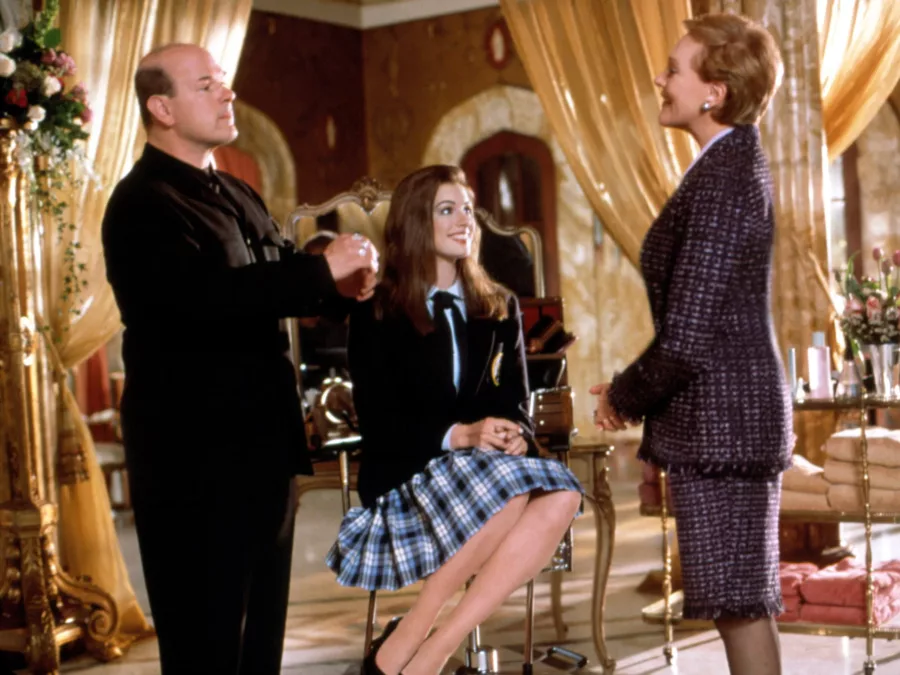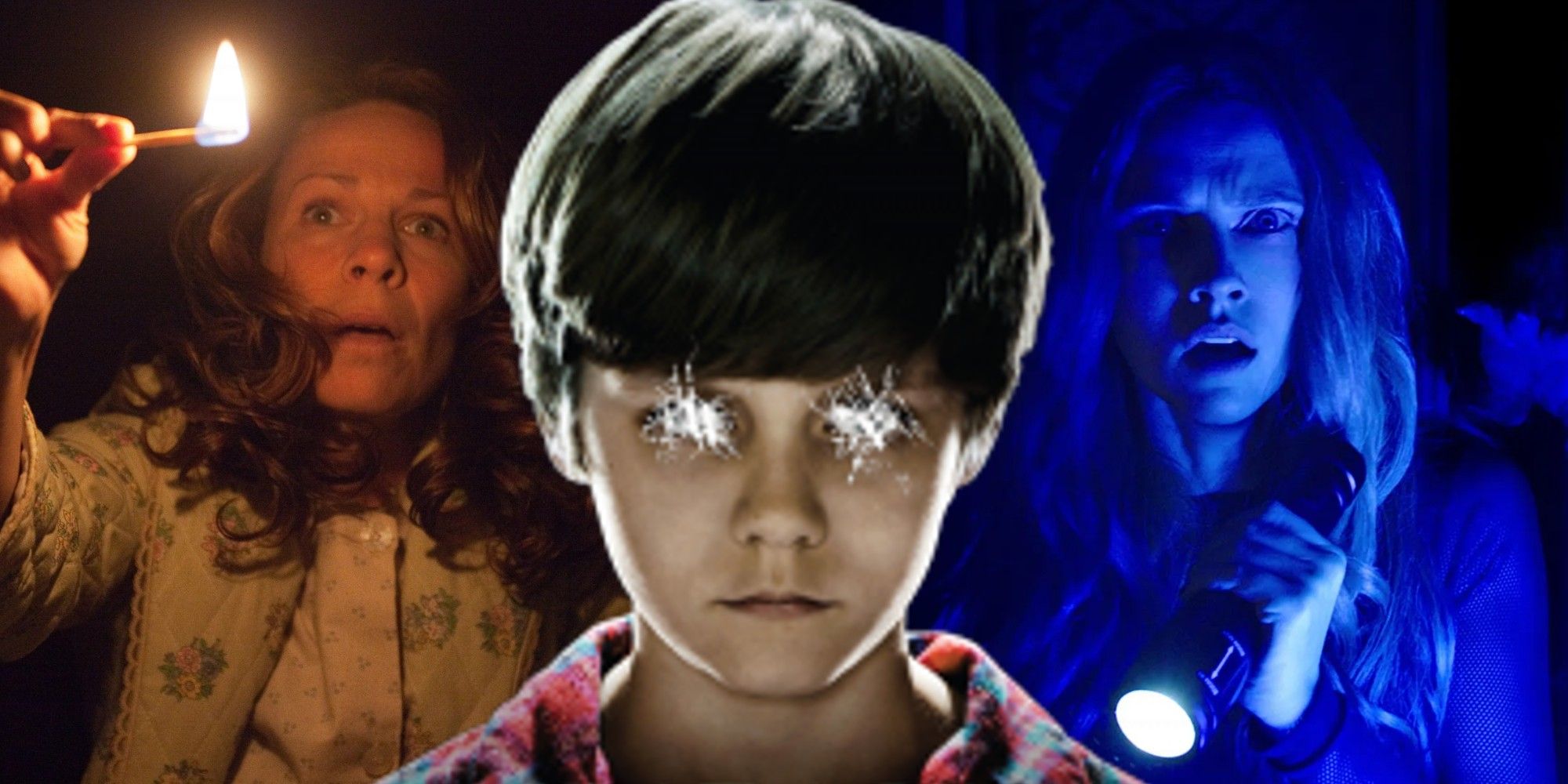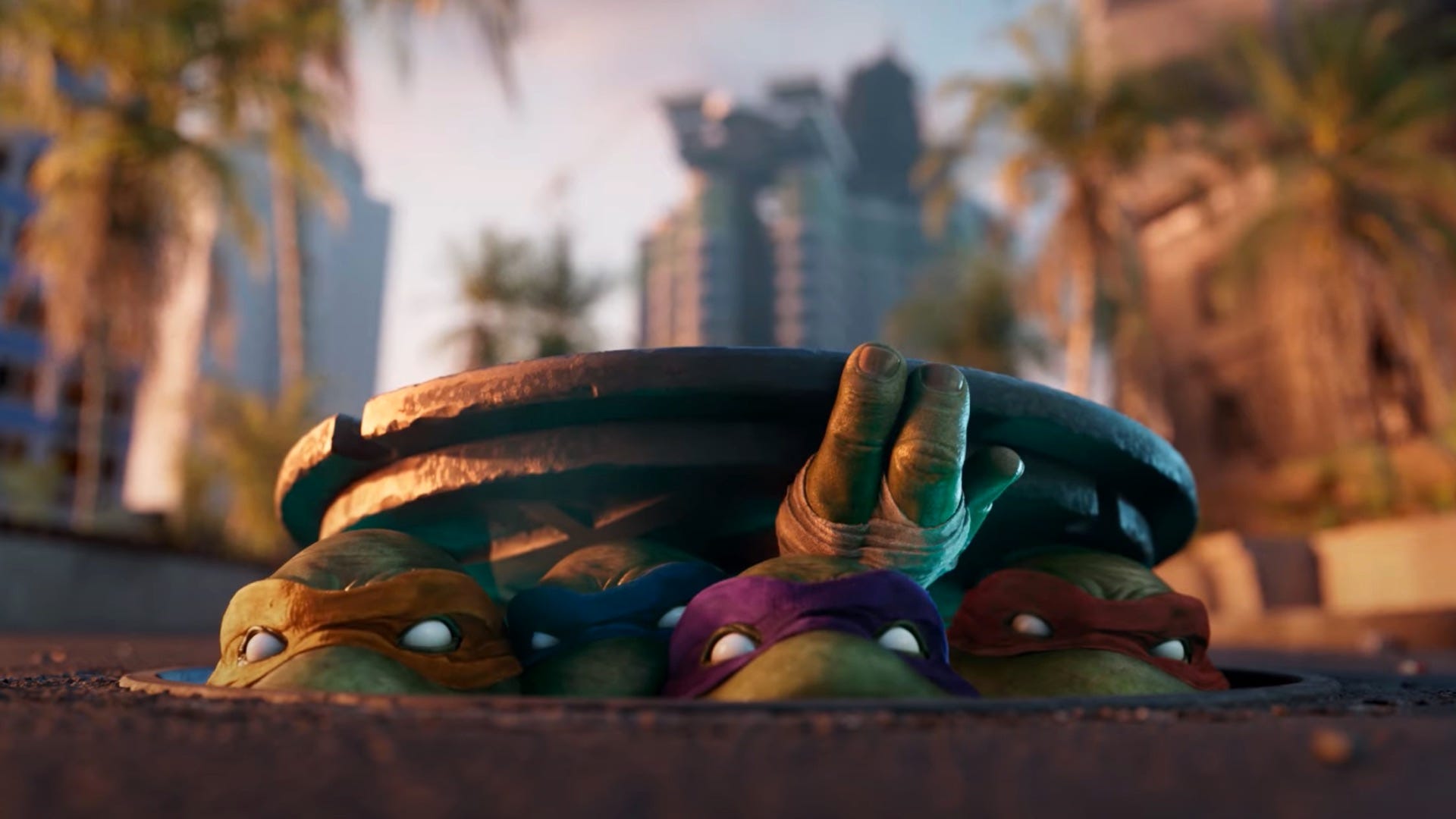In 2006, tween girls were spoilt for choice at the cinema. On the big screen, Amanda Bynes had boarded a transatlantic plane for What a Girl Wants, mermaids were making a splash in Aquamarine, while Mary-Kate and Ashley Olsen were Winning London and our hearts. Over at Disney, there was a seemingly endless stream of straight-to-DVD, coming-of-age stories for tweens, from Hilary Duff’s Cadet Kelly, to Brenda Song’s Wendy Wu. A Cinderella Story had moved from its theatrical release to gargantuan DVD sales and The Sisterhood of the Traveling Pants was a break time hot topic.
Early 2000s tweens had an unparalleled list of mid-to-low-budget, rapidly shot stories that were made specifically for them, capturing all the complexities most young girls were contending with: how to handle being unpopular; unrequited crushing; embarrassing parents and the desire to grow up. These films, imperfect though they are, carry a specific legacy for millennial women, they’re ultimately a representation of comfort. Blending a heady mix of wish fulfillment, low stakes (in the case of Passport to Paris, the Olsen Twins’ goals included ‘ensure Grandad spends less time at work’) and romantic subplots that mostly resulted in sentiments like ‘we should date in five years time’.
But, even in a broader cultural sense, 00s tween girls were being catered to like never before. Over on the small screen, Hannah Montana, iCarly and Tracy Beaker were dominating television, while Jacqueline Wilson and Meg Cabot’s tween fiction ruled the literary charts. There were even the likes of Mizz Magazine, Bliss and Go Girl! – publications designed specifically for tween girls, available at every corner shop and stuffed with free nail polish, glitter pens and keyrings, plus vital personality quizzes for sleepover entertainment.
Despite the fact that young women typically read above their age group, these magazines seemed well aware of the audience they served, blending endless, non-patronising advice on everything from inserting your first tampon to backcombing your side fringe. This was the early 2000s and pre-teens were orange-toned, foundation-stained bundles of awkwardness. More noticeably, the gap between childhood and teenagers had never been clearer. There were teens, those 14-and-over (who watched Glee and Skins, read Cosmo and knew how to style a bodycon dress) and there were tweens: the 9-13 year olds, who still had all of the horror of their teenage years yet to come.
But as we approached the end of the early 00s, there was a palpable shift in pop culture. Tammy Girl, a UK high street staple that catered specifically to tween girls, shuttered in 2005, and Marvel films took over cinema beginning with 2008’s Iron Man. The stronghold Disney had on the tween zeitgeist began to waiver as Hannah Montana became Miley Cyrus. There was a clear but distinct shift towards a more mature approach to tweenagers and teens.
This in itself wasn’t a bad thing. The 00s famously lacked any representation for women of colour and queer characters were largely non-existent except for thinly veiled stereotypes. Then there’s the fact that not a single uber-stylish bohemian bedroom in a tween movie resembled anything close to the spaces of most British tweens.
And it’s also worth acknowledging that a heady dose of nostalgia can make almost any 90s film appear far less problematic than they actually are. Many of these classics have aged as poorly as you’d imagine and by no means offer teens anything close to tangible representation. But these films did, however, have a strong formula – one that prioritised comfort and gentle wish fulfilment, and most importantly, a sense of optimism that feels very distant for today’s tweens.
While Bo Burnham’s Eighth Grade highlights the loneliness and awkwardness of the tween years in all its glory and Greta Gerwig’s Lady Bird is easily one the best coming-of-age stories from the 2010s, these films are made with nostalgia, with more mature viewers in mind, to be watched with a heady blend of rose-tinted glasses and genuine introspection. They comfort our inner tween selves by recognising their struggles, but they’re distinctly not made for the present generation.
On the other side of this 2010s teen renaissance, we have the blockbuster: the seemingly interminable churn of superhero films. These were costly, big-budget films designed to deliver maximum returns. And for all intents and purposes, they did just that. 2008’s Iron Man saw $585 million return from a $140 million budget, while 2001’s The Princess Diaries delivered $165 million on a $26 million budget. Producers took note and began to shift focus, making gargantuan investments in cinematic universes that could span an endless array of films and deliver bigger returns than the Saturday morning tween audiences were ever able to offer. These films were undoubtedly bridging a gap for tween boys, as they started to move to more mature cinema, but for girls who have no interest in superheroes, it’s a different story.

Even on the small screen projects designed specifically for tweens such as the critically acclaimed Baby-Sitters Club reboot on Netflix, which was given just two seasons, despite an outcry from audiences. Producer and writer, Rachel Shukert remarked in an interview with Vulture that “it seems like girls are expected to go straight from Doc McStuffins to Euphoria.” The gap that was once so clear between childhood and adolescence had closed. The space carefully carved out for tweens too young for Notting Hill and too old for the latest Disney animation to unpack their growing pains has been decimated.
It’s easy to blame the internet, TikTok or waning attention spans for the death of the tween movie, or to even simply insist that tween girls are growing up far too fast these days (a sentiment that has been shared by almost every generation since the invention of childhood.)
But without any representation or media for tweens to engage with, they inevitably have to shift into more mature ideas. From the nine-year-old Sephora Kids, who, stuck in the gap between unsettling family vlogs and Euphoria’s 11-year-old drug dealer named Ashtray, tweens have had to carve out their own area. Even if it’s a space that was distinctly not made for them.
While the term YA (young adult) began in publishing, it rapidly spawned into all elements of culture, spanning brilliant films like My Old Ass, Do Revenge and even shows like The Umbrella Academy. In the literary world, YA titles have grown 48.2% since 2018. But comparably middle-grade titles (or tween as we know them) have seen a publishing lull of around 8% per year. This is probably because YA has an additional benefit in all forms of art – unlike tween projects that can be saccharine or simplistic to adults, YA easily bridges the divide to adult audiences, ensuring a double revenue.
In 2025, the tween girl magazines that were once so prominent have folded. The shops that catered to them are now Y2K memories worn by 20-somethings and the movies created specifically for tween girls are a distant memory.
While they can still head to the cinema on a Saturday morning and catch the latest Marvel film, these, traditionally, have been far more popular with tween boys and rarely centre experiences of young women. When they do, the reception tends to be frosty, with Captain Marvel and Black Widow both experiencing misogynistic review bombing at the time of their release. This doesn’t encourage young girls to seek them out.
There’s no doubt that tweens in 2025 have far less to feel optimistic about and their media reflects this. As life imitates art, cinema has a way of holding up a lens to our priorities. We arguably have less low-budget teen films, less easy-to-watch comfort media because, in many ways, we’ve forgotten the value of them beyond their revenue-making power.
It’s hard to remember being an 11-year-old weeping over Cadet Kelly’s baton routine or excitedly following Mary-Kate and Ashley’s latest hijinks, especially as these were mostly critically panned by the adult audience who engaged with them. The Princess Diaries was described by Anna Smith at Empire as “A light, uneven Pygmalion story that may win young girls over with its wish fulfillment theme and teen movie staples but does not live up to the expectations created by the cast and director” while many beloved tween staples have poor Rotten Tomatoes scores (16% for Raise Your Voice, 14% for Confessions of a Teenage Drama Queen) reflecting the general contemporary sentiment about these films.
But we forget that these films were made with the express intention of winning over young girls. Unlike today’s media, these films weren’t designed with nuance and adulthood in mind, nor were they made for our introspective teenage selves. They weren’t designed to crossover with adults, they were crafted with the express purpose of serving tween girls with a heady dose of optimism and comfort – something tween girls sorely need as they grow.
And it’s not that these films have disappeared entirely. In fact, the limited content they do have has been received with far better critical reception than their early counterparts. Are You There God? It’s Me, Margaret and You Are So Not Invited To My Bat Mitzvah, both delivered a joyful blend of tween comedy, romance and plenty of thoughtful themes. In fact, Deadline Hollywood described Are You There God? It’s Me, Margaret as a “human, wonderful studio movie comedy you might have forgotten Hollywood knew how to make any more”.
So, as tween girls lurch between SpongeBob and reruns of Skins, scrabbling for the limited content available to them, could the tween girl comfort movie make a return? I hope so.
The post Who killed the Tween Girl Movie? appeared first on Little White Lies.











 Bengali (Bangladesh) ·
Bengali (Bangladesh) ·  English (United States) ·
English (United States) ·